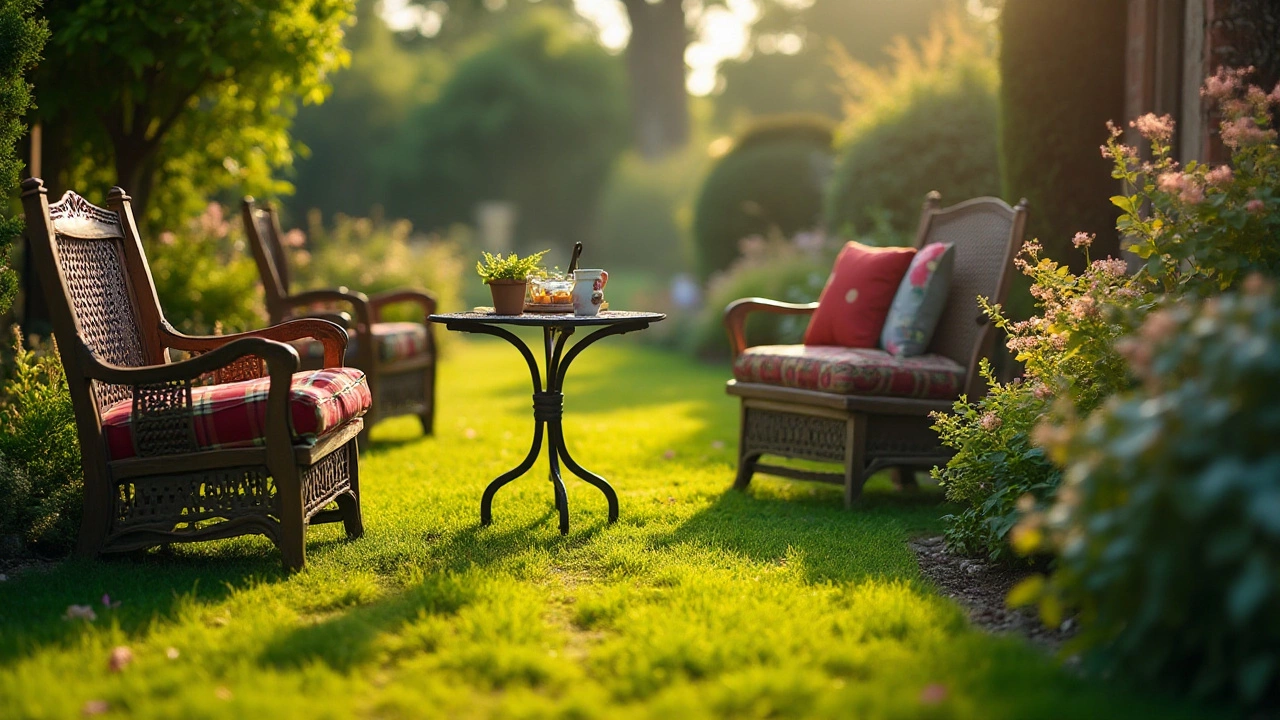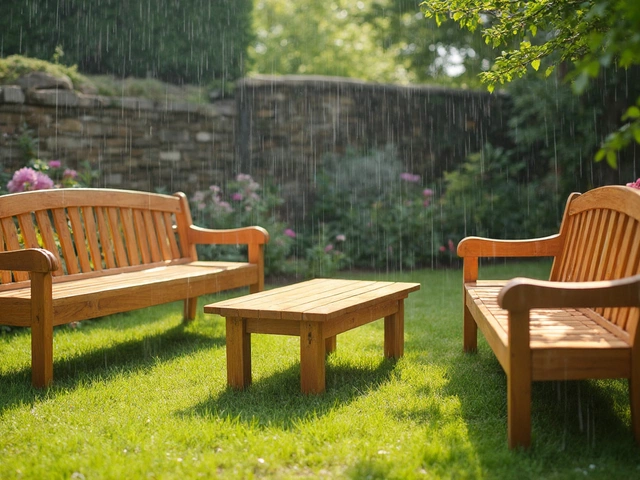Garden Care Made Easy: Practical Tips for a Thriving Outdoor Space
Keeping a garden looking good doesn’t have to be a full‑time job. With a few habit changes and the right tools, you can enjoy healthy plants and a neat lawn without breaking a sweat. Below you’ll find simple steps you can start today, whether you have a tiny balcony or a big backyard.
Essential Daily Tasks
First up, water smart. Early morning is the best time because the sun can dry out the water before it soaks in. Use a soaker hose or a drip system if you can – it delivers water right to the roots and saves you from over‑watering. A quick visual check each day also helps: look for wilted leaves or dry soil, and adjust the amount accordingly.
Next, clear debris. Fallen leaves, twigs, or weeds can smother soil and invite pests. Grab a small rake or even a garden glove and sweep the area around your plants. Doing this daily prevents a big buildup later and keeps the garden breathing.
Lastly, keep an eye on pests. A few insects are fine, but an outbreak can damage everything. If you spot many aphids or snail trails, a gentle spray of soapy water or a hand‑picked removal works for most small infestations. The earlier you act, the less you’ll need to treat later.
Seasonal Maintenance
When spring arrives, give your soil a boost. Spread a thin layer of compost or well‑rotted manure to improve texture and feed the roots. This also helps retain moisture, so you won’t have to water as often. Planting early‑season veggies or flower bulbs now gives them a head start before the heat kicks in.
Summer is all about mulching. Lay down straw, shredded bark, or leaf mold around plants to lock in moisture and keep soil temperatures down. Mulch also suppresses weeds, saving you time on weeding. Aim for a 2–3 inch layer, but keep it a few inches away from stems to avoid rot.
Come autumn, prune back dead or overly long growth. Cutting back helps plants store energy for the winter and reduces the chance of disease. Leaves that fall can be turned into compost, creating a natural fertilizer for next spring. If you have a lawn, give it a light aeration – a simple garden fork works – to let water and nutrients reach the roots.
Winter doesn’t mean you quit. Check on evergreens and potted plants regularly. A quick frost‑wrap on tender shrubs and moving potted herbs indoors will keep them safe. Also, plan your next growing season: note which plants performed well and which struggled, then adjust your choices for a stronger garden next year.
By sticking to these easy daily habits and adjusting your tasks each season, garden care becomes a routine rather than a chore. You’ll notice greener lawns, healthier flowers, and fewer surprise weed battles. Give it a try – your garden will thank you with color, fresh veggies, and a pleasant outdoor spot to relax.





